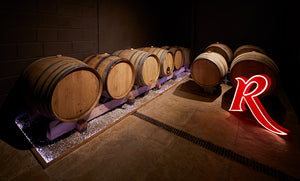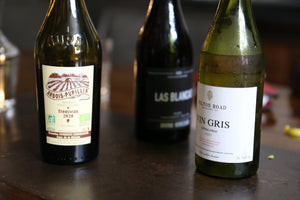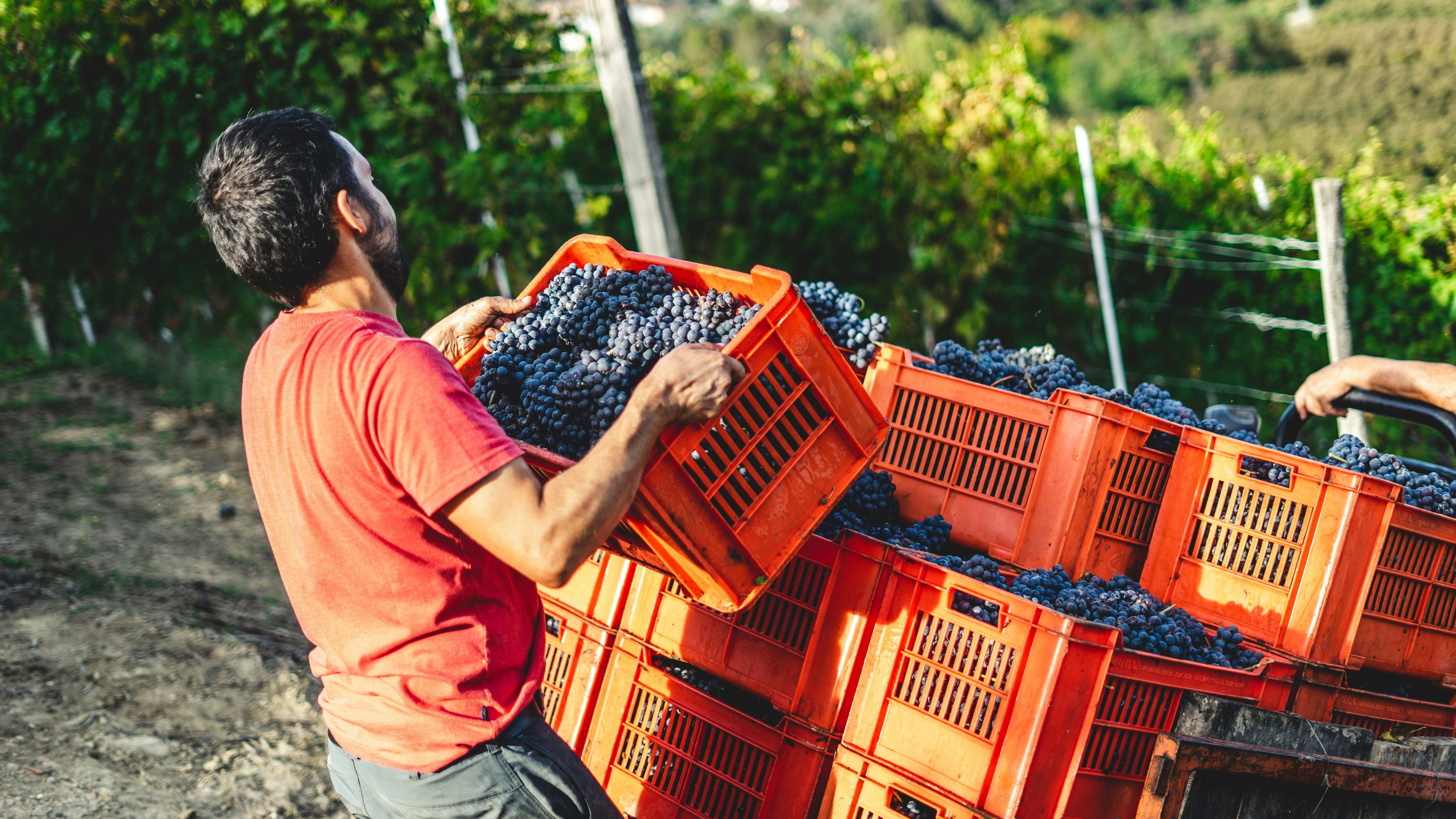
Studying Viticulture and Oenology at Stellenbosch University in South Africa furthered my fascination in the wide variety of wine making techniques and the wine styles that they produced. I am particularly interested in the revival and repurposing of traditional and even ancient methods, to craft the fashion of today. Join me as I explore and explain the tricks of the trade in my new blog series - 'The Methods of the Makers'
First up - Carbonic Maceration. There has been quite the buzz surrounding carbonic maceration, with the winemaking style firmly in fashion, more and more producers out of Beaujolais are making use of the technique.
FROM VINE TO WINE
To understand carbonic maceration, we must first look at how traditional alcoholic fermentation takes place. To simplify everything, let us address this technique in the context of red wine fermentation only.
When grapes are harvested, they are received in the cellar and processed. Traditionally this is done by undergoing the following steps.
Destemming releases the grape berries from the stem. Destemming is a crucial step when working with a cultivar such as Cabernet Sauvignon, as the stem often hasn’t ripened by the time of harvest. If unripe stems remain with the bunches during fermentation, they impart aggressive bitter tannic compounds in the wine.

After destemming the grapes are inspected using the sorting line, funnelling individual grape berries into the crush
From here the all-important sorting takes place, getting the chance to pick out less-than-optimal fruit - typically berries that haven’t ripened or are mouldy - while removing leaves and any other unwanted debris. The big difference between a good wine and great wine starts with rigorous sorting. The sorted berries are sent to the crusher which, releases the juice from within the grape.

Grapes going through the crusher. This part of the process is the same regardless of skin colour.
Red wine fermentation occurs on the skins of the grape. In the skin we find the building blocks of what gives red wine its colour, as anthocyanins (pigments) are able to bind with many other components found within the grape juice and fermentation must. These interactions are responsible for the depth of colour in a red wine. The majority of grape tannins are also found in the skin, giving the grippy mouthfeel you commonly associate with red wine, further contributing to the colour stability of the wine, and the flavour profile.
From the crush everything is pumped into a stainless-steel tank, where winemakers often leave the grape juice and skins to “cold soak”. During this time, the tanks temperature is set very low to delay the fermentation process. This allows time for the increased extraction of colour and primary aromatic compounds prior to fermentation.
Alcoholic fermentation is a chemical reaction that converts the sugars in the grape juice into alcohol through the work of yeast. Fermentation can occur naturally by allowing the natural ambient yeast found on the berries skins to get to work. Alternatively, a commercial yeast addition can be made to speed up this process. Winemakers carefully consider which yeast will best enhance the specific grape characteristics in the wine.

Grape skins after fermentation are hand loaded into the press
Following fermentation, the wine will be pressed to separate the skins and other detritus from the juice. It is important to note that this step only occurs with red wine, as white wines are pressed prior to fermentation to avoid skin contact. Maturation and bottling follow, both up to the preference of the winemaker.
SO, WHAT IS CARBONIC MACERATION?
Carbonic maceration occurs when whole bunches of grapes, uncrushed and unbroken, are placed in a carbon dioxide rich tank. The lack of oxygen causes the grape berries to undergo intracellular fermentation. Grapes used in carbonic maceration are almost always hand-harvested, as any damage to the berries interferes with the integrity of the skin and pulp. This bruising or splitting would reduce the level of fermentation that is able to take place within the grape itself.
Small amounts of ethanol are produced from the intracellular fermentation, around 1.5-2%. This phenomenon produces beneficial by-products that enhance the phenolic composition of the berries and change the mouthfeel of the end wine. Once intracellular fermentation reaches 1.5-2% the berries naturally burst, releasing the juice into the tank. Afterwards, the winemaker will send the grapes to the press and alcoholic fermentation will continue as normal.
In theory, each of the whole bunches in the carbon dioxide rich tank undergo carbonic maceration. However, the reality can be rather different. The bunches at the bottom of the tank get crushed under the weight from above, beginning normal alcoholic fermentation. It is only the top bunches that ever truly undergo pure intracellular fermentation. Nevertheless, a distinct and recognizable flavour profile still prevails.

THE FLAVOUR PROFILE
Due to the unique reactions that occur within the grape during carbonic maceration, a unique and specific tasting profile arises. Larger aromatic compounds are broken down, creating the aromatic compounds associated with carbonically macerated wines. The first is known as benzaldehyde. This compound gives the wine notes of almond, cherry and kirsch. Kirsch is often the overwhelming descriptor used when describing a carbonic wine. From here, the names are a little easier and make more sense; vinylbenzene - as the name suggests - has a plastic scent, while ethyl cinnamate has a cinnamon aroma.
WHY DO IT?
Carbonic maceration produces fruit-forward, light, bright red, low acid, and low tannin wines that are intended to be consumed young. Historically associated with the Gamay grape in the Beaujolais region, carbonic maceration and the unique profile it creates is becoming ever more popular with winemakers around the world.
CAN'T WAIT? TRY....
Domaine Dupeuble has been making wines from Gamay since 1512. Vines are tended on granite soils without the use of chemicals or additives. The wines are of incredible value, and stand up to Pinot Noir from Burgundy.
The wine is bright red in colour, capturing you from the minute it enters your glass. Fruit forward raspberry, blackberry and blueberry give the wine an intensely concentrated body. Once the fruit notes wash away you are left with a gorgeous lingering cinnamon spice. A young and lively wine that is the perfect example of a Beaujolais wine.




